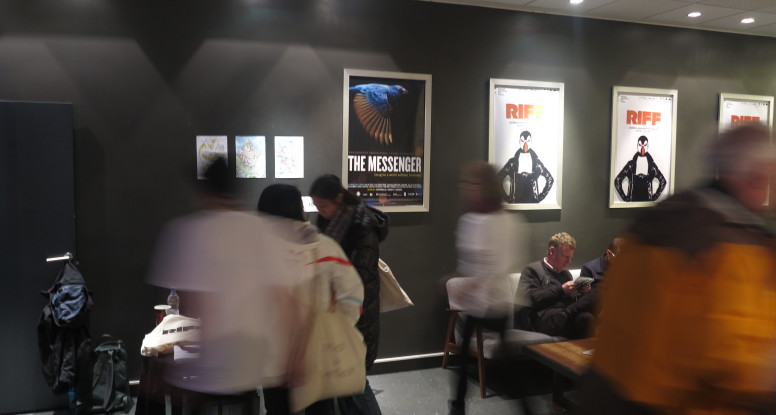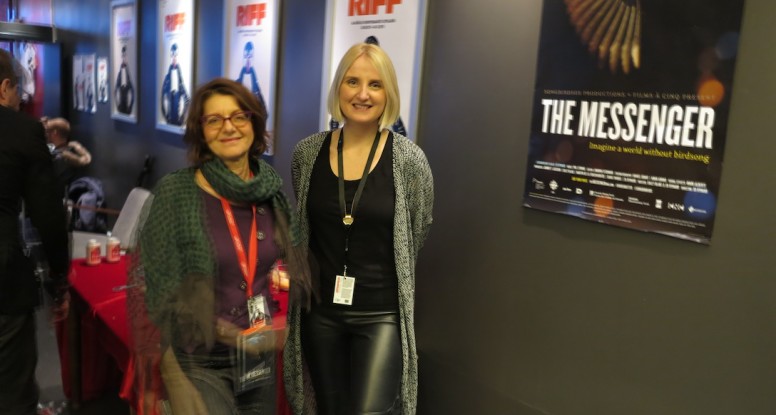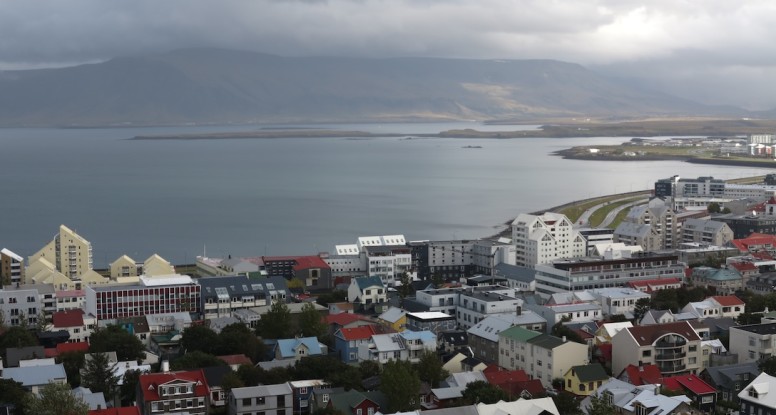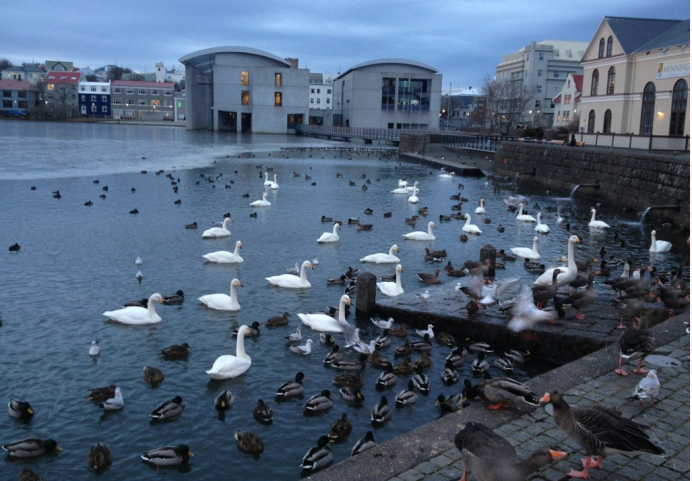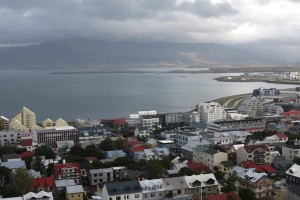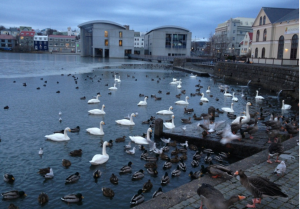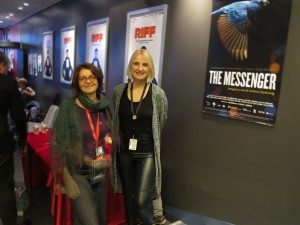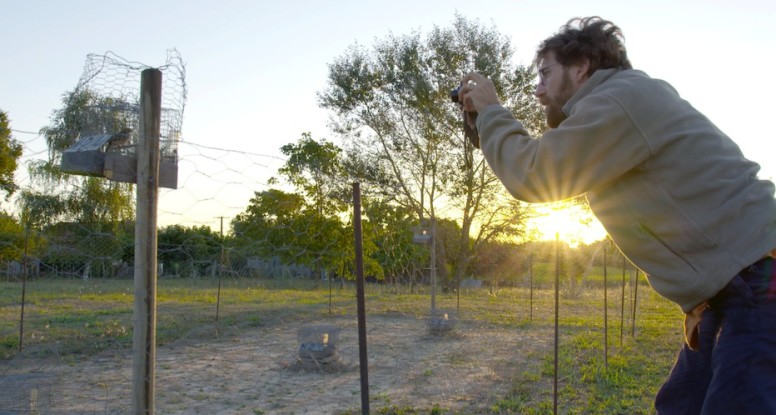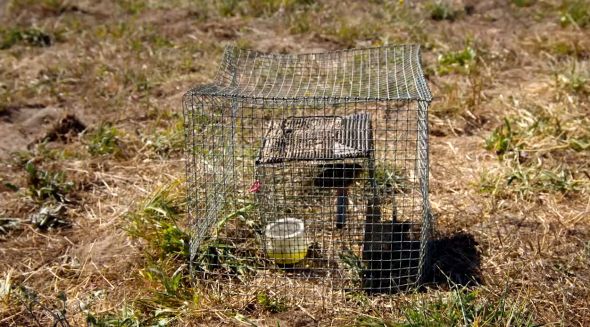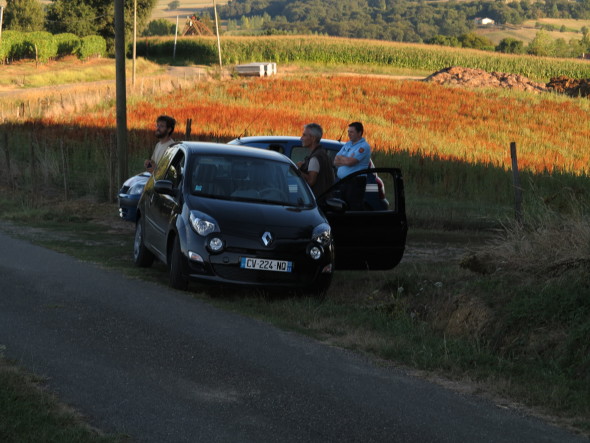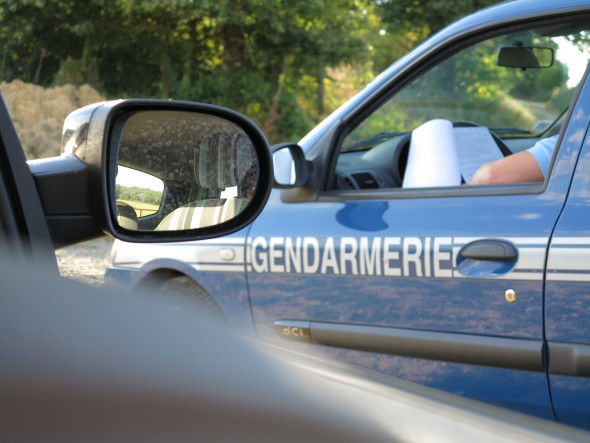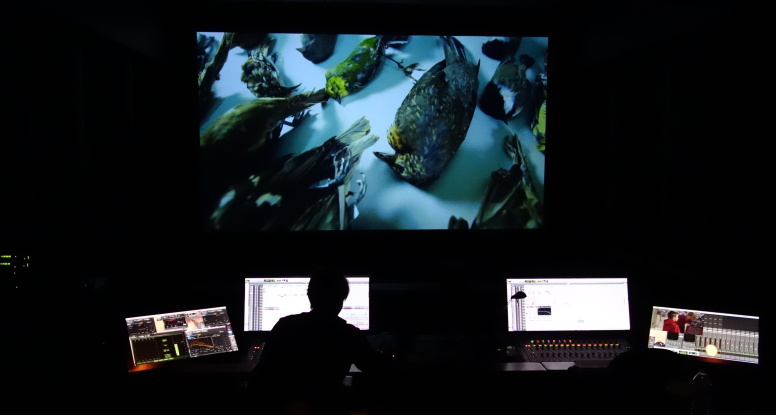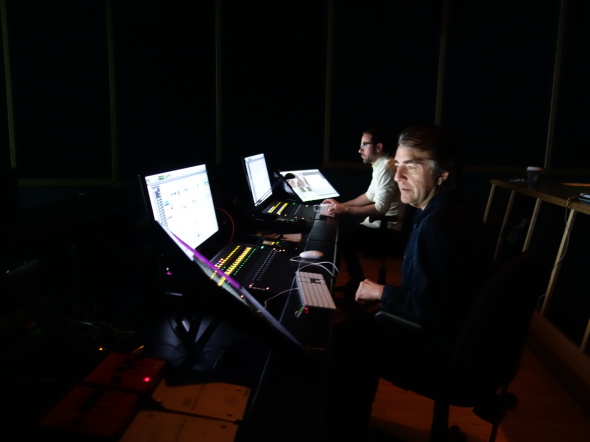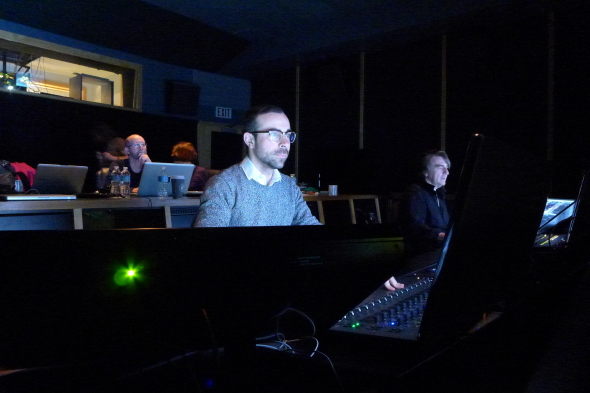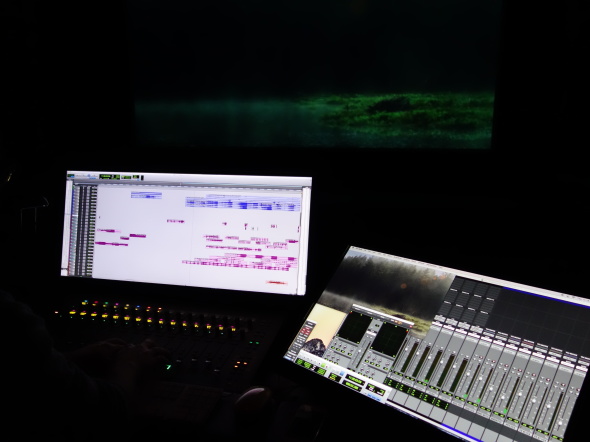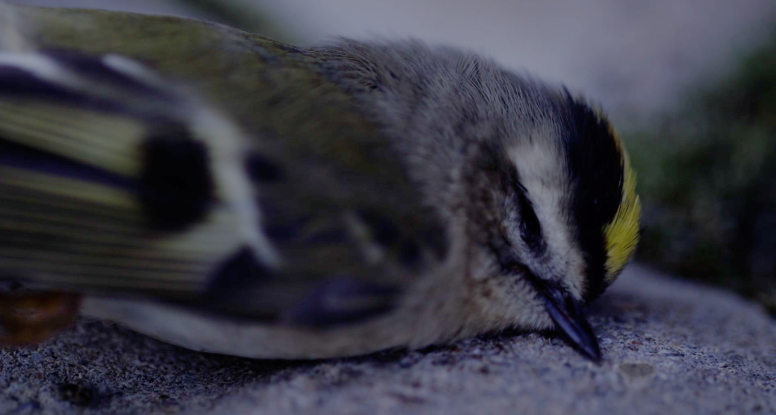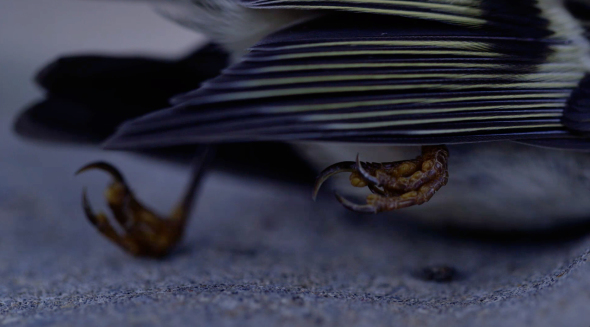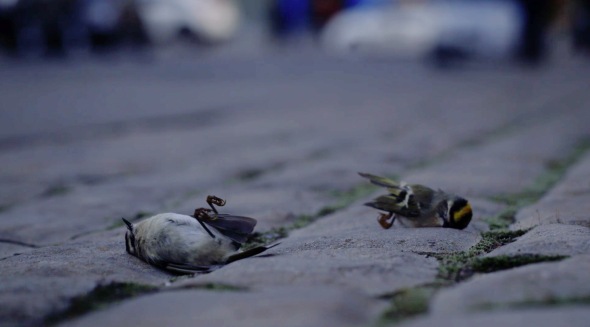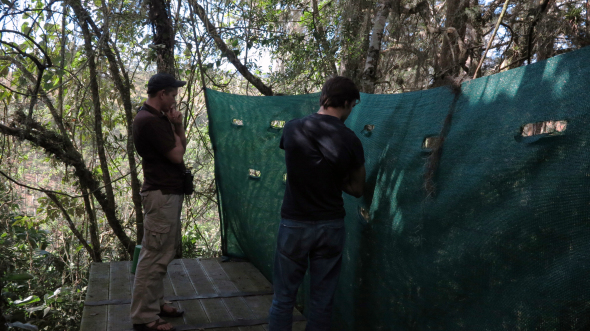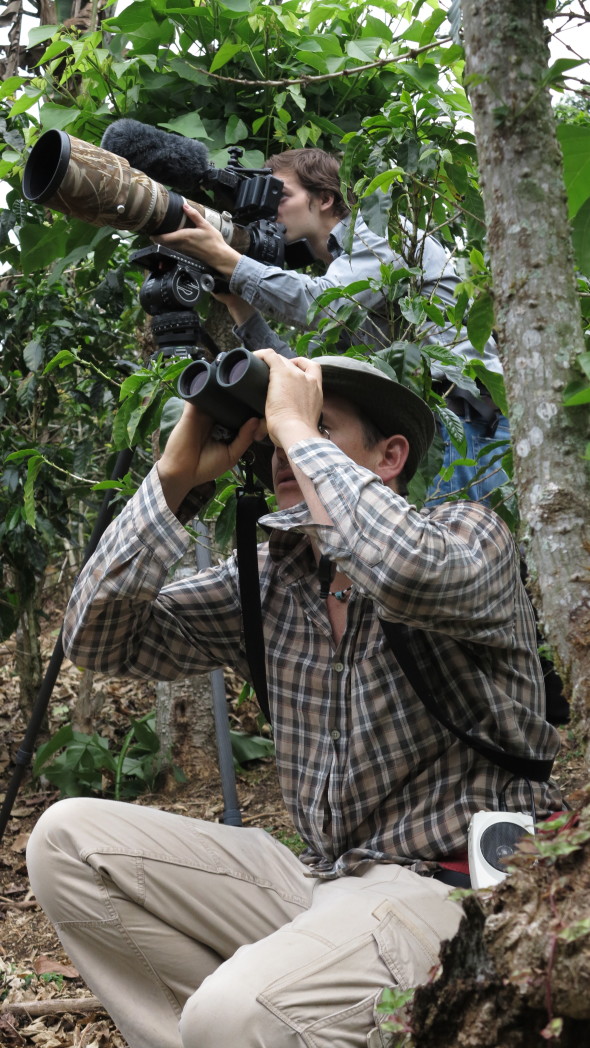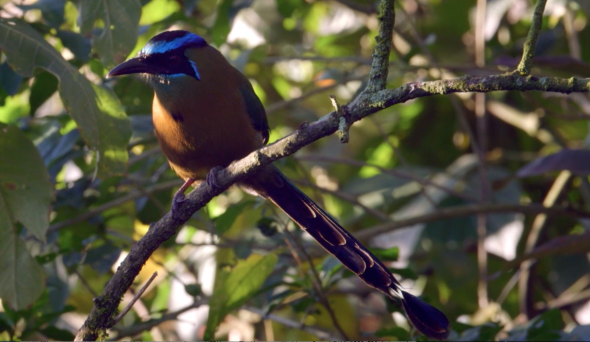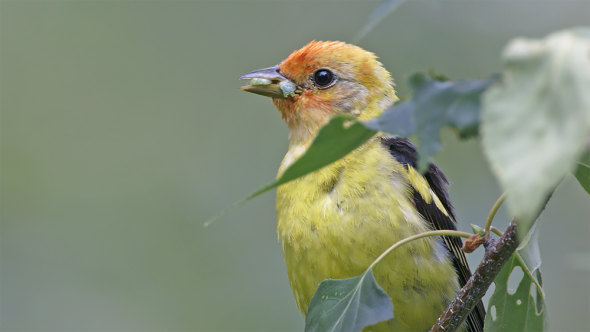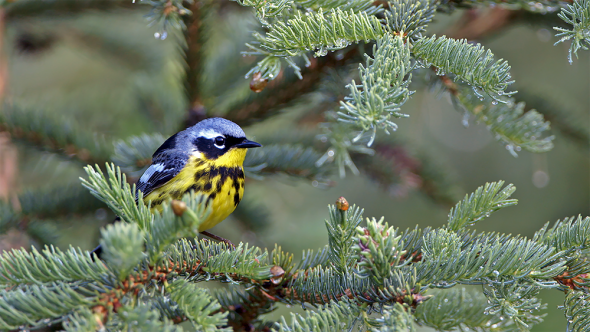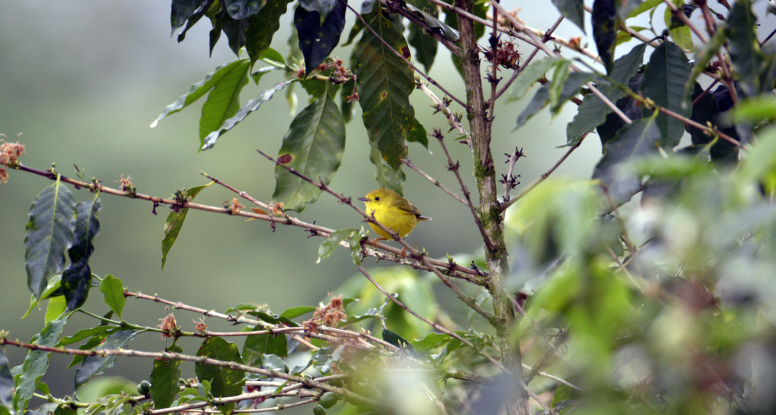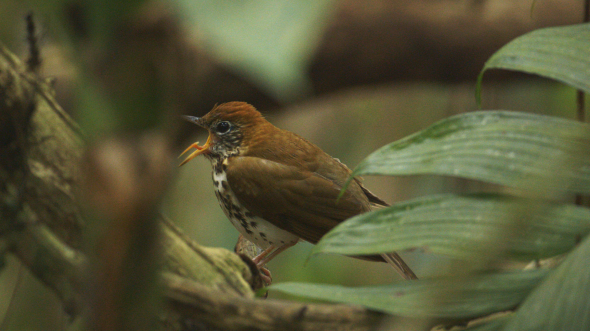Reykjavik International Film festival
This year, RIFF could have been called the festival of amazing women in film. Margarethe Von Trotta was the special guest, and her Q & A was moderated by the former (female) prime minister of Iceland – Vigdis Finnbogadottir. When I stepped onto the stage for The Messenger Q&A one of the many faces in the audience was that of Bjork. She was not a special guest of the festival, and did not receive any kind of VIP invite to the screening. She selected her films and simply bought her tickets on-line, just like any other Icelander.
In addition to the impressive audience and moderators, there were many great films with female directors including, Amber Fares wonderful film Speed Sisters, about a team of women street racers in Palestine and Paris based Leila Bouzid beautiful and powerful film, As I Open My Eyes, a coming of age story of a young girl pushing boundaries testing the limits in Tunisia.
I confess there was little time for anything other than the busy-ness of the film festival, however when walking through town many birds were present. Near city hall the Tjornin Pond is home to the Whooper swan, Graylag goose and the Lesser black-backed gull. But beyond Reykjavik ponds, Iceland’s seabird colonies are vanishing. Our high-carbon lifestyle is turning up the oceans’ thermostat, and seabirds are feeling the heat. The leading reasons behind this are the array of profound changes under way in the world’s oceans—their climate, their chemistry, their food webs, their loads of pollutants.
A Different Tomorrow
The task of change can sometimes feel overwhelming. Yet when at a festival like this I am inspired by other films that creatively and beautifully address many of the concerns we are facing today. RIFF featured a program called A Different Tomorrow – These films shed light on environmental and humanitarian topics because, sometimes the right film can change the world. If any of these films come your way, please watch! Haida Gwaii: On the Edge of the World, How to Change the World, Planetary, and Last of the Elephant Men.
The Messenger screening prompted the comment “I didn’t know this was happening” and question “What can I do?” Both of these statements I can very much identify with. Before making this film, I was in the “I didn’t know” category. As changes in bird populations from year to year can be barely perceptible, but over time, they snowball to create the shocking statistics that face us today. There is no one cause, no “smoking” gun for songbird declines, so how do we combat these multiple threats around the globe? A simple start is to – get outside, go for a walk, and listen. Then visit https://songbirdsos.com/take-action/ Every bit helps.

